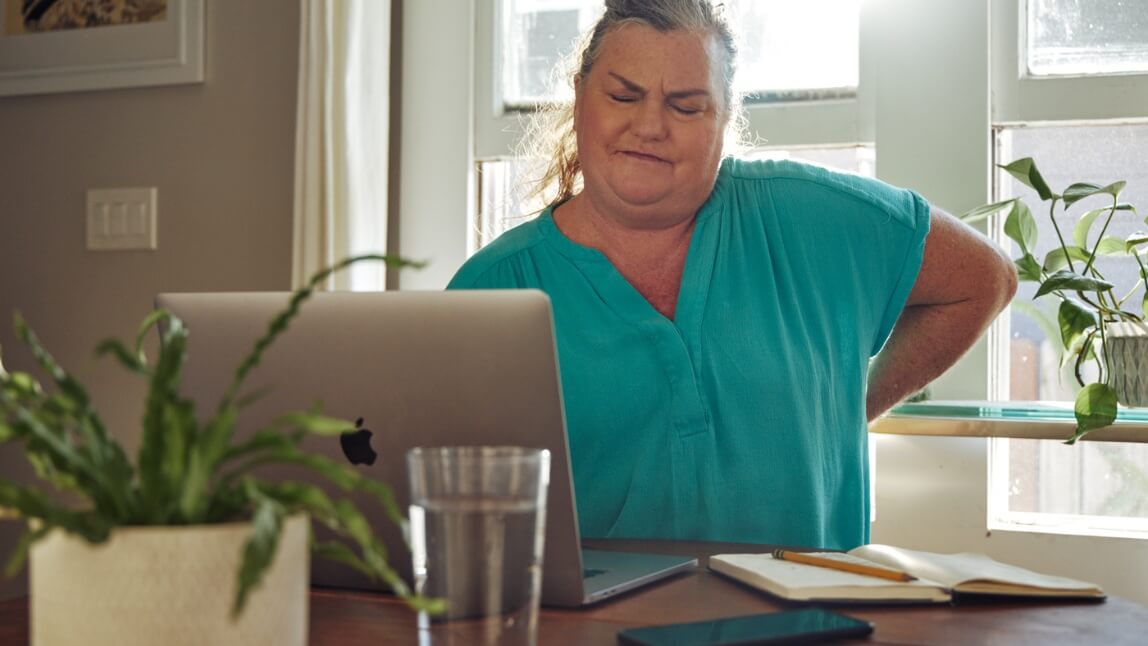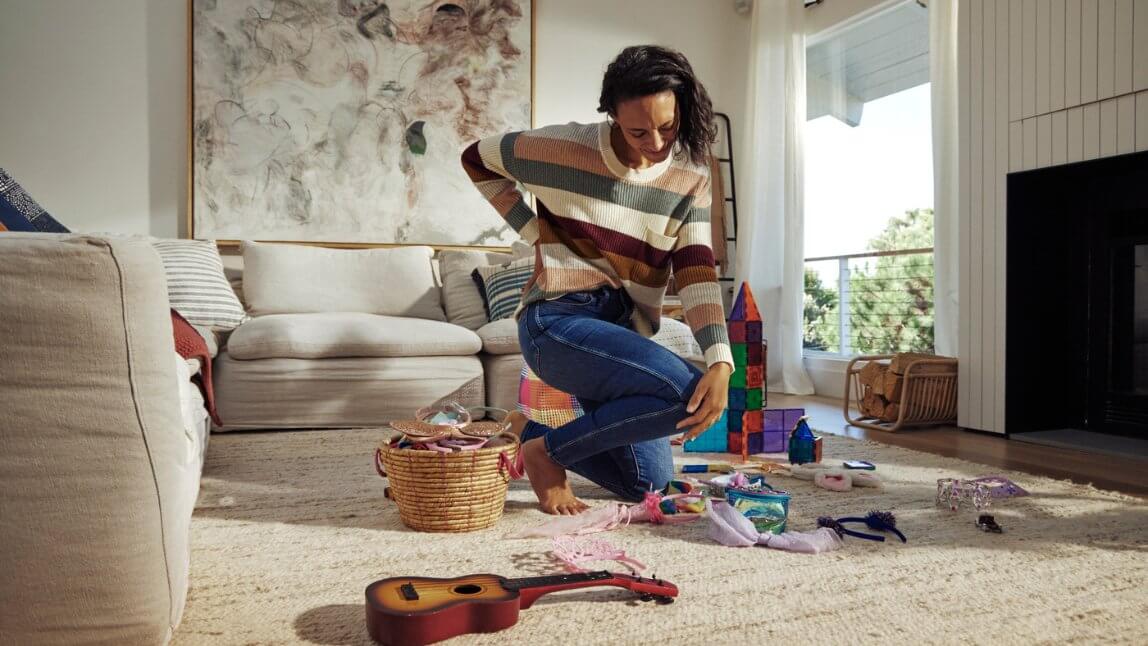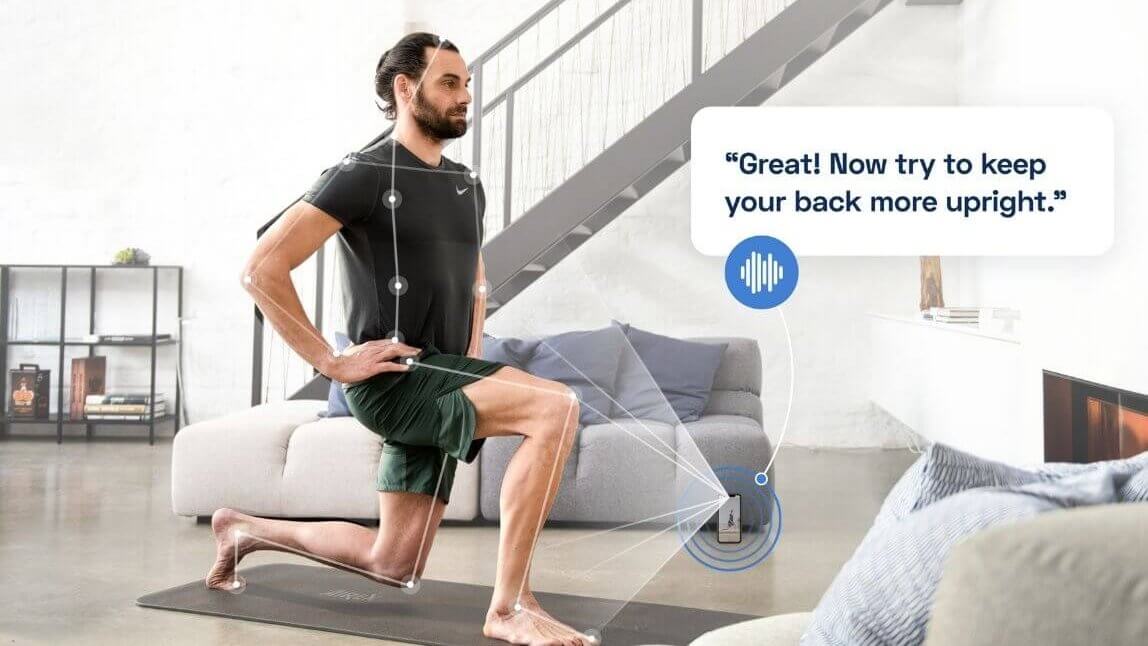
Coping With Lower-Back Pain Flare-Ups at Home
Back pain can be caused by a combination of factors including poor posture, sedentary lifestyle, muscle imbalances, or even stress. Here are some tips to help you find lower-back pain relief at home.
4 min read

Further Reading
-
 Spending hours seated at a desk can take a toll on your back, neck, and shoulders. If your job requires you to sit for long periods of time, read on for tips and tricks on how to keep your back healthy.5 min read
Spending hours seated at a desk can take a toll on your back, neck, and shoulders. If your job requires you to sit for long periods of time, read on for tips and tricks on how to keep your back healthy.5 min read -

Digital Exercise Performance Tracking with Kaia Health’s Motion Coach™
AI-powered Motion Coach™ technology digitally guides users through musculoskeletal (MSK) rehabilitation to maximize effectiveness, reduce medical spend.4 min read -

Digital MSK Hybrid Coaching Model
Kaia Health’s hybrid coaching approach blends automated technology with human coaching to maximize therapeutic effectiveness, user experience and engagement while reducing medical spend and removing barriers to exercise.5 min read